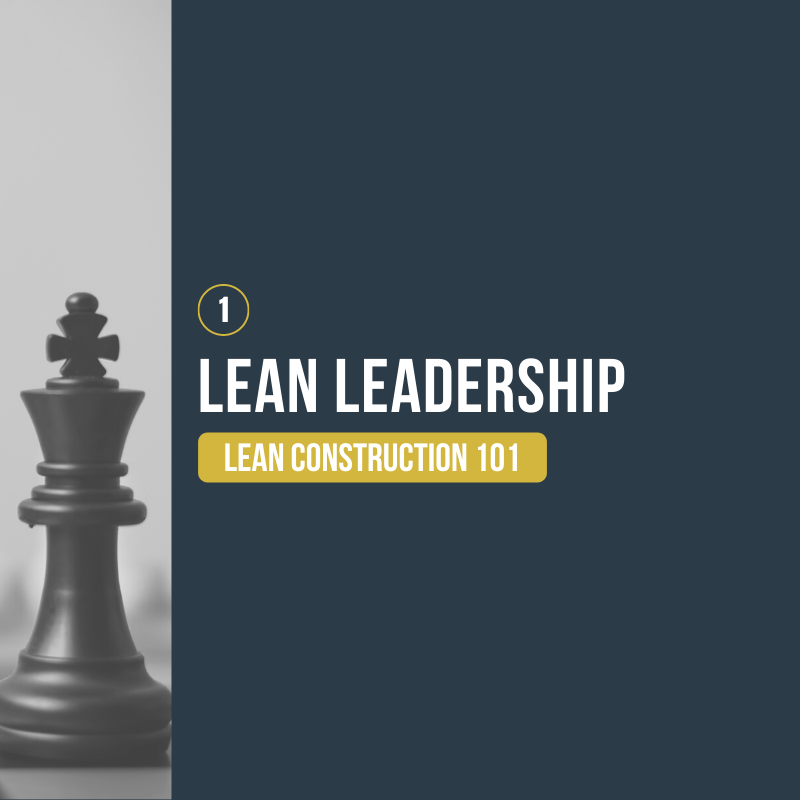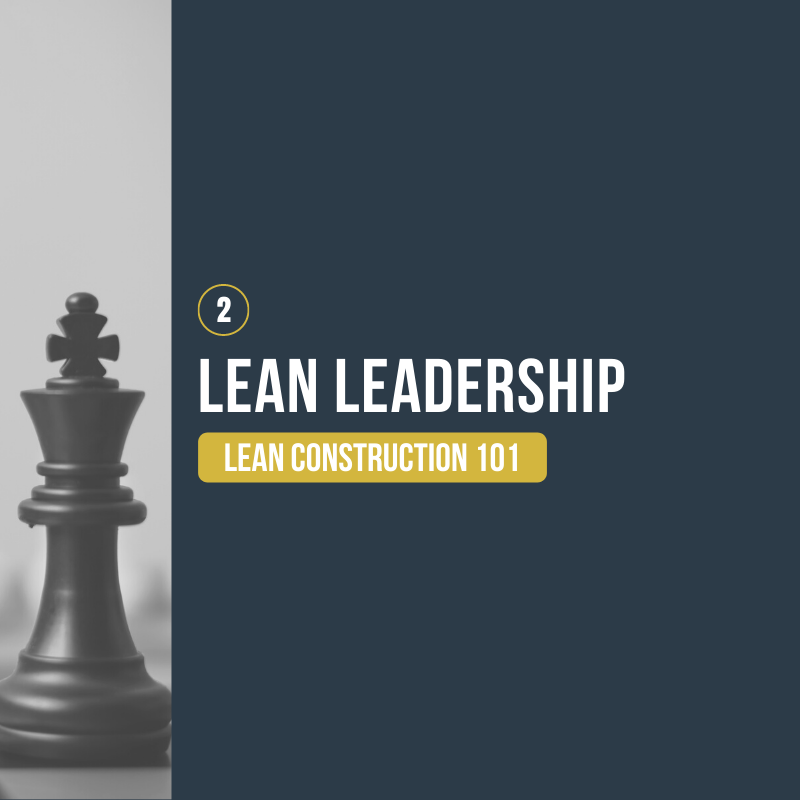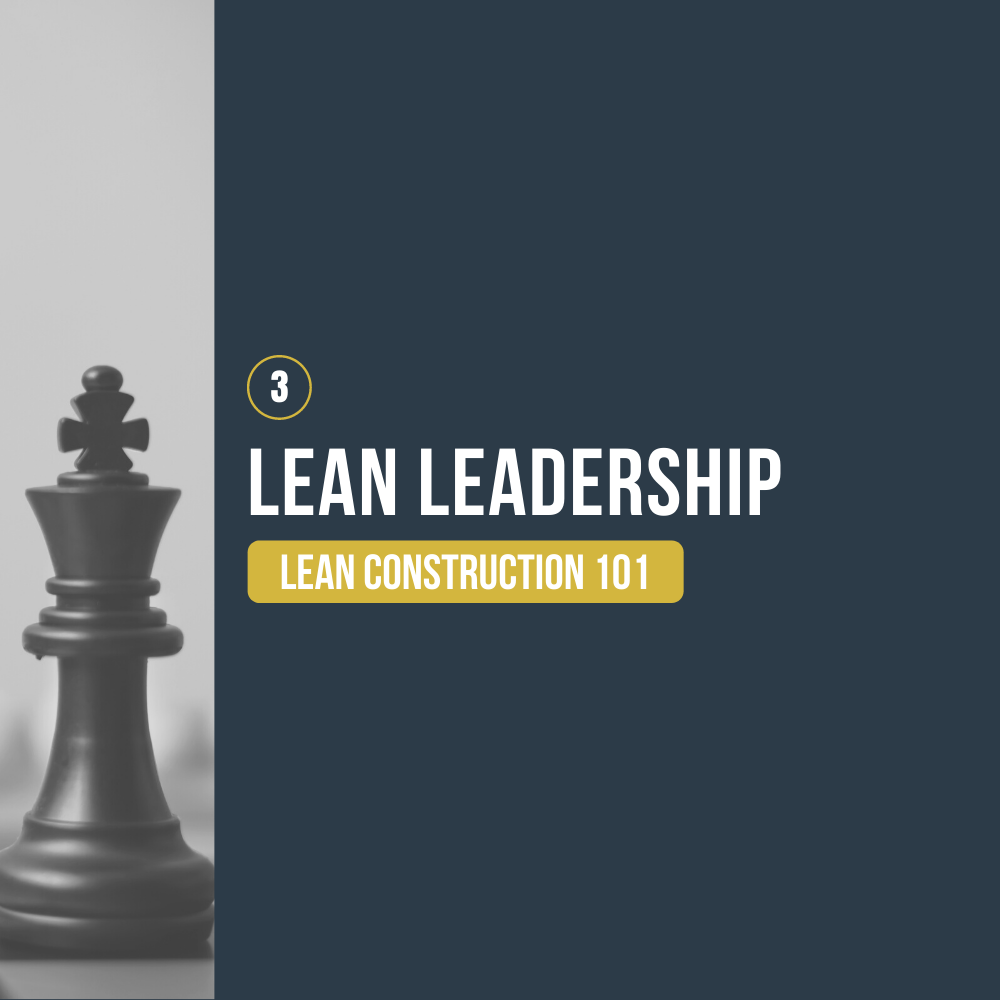Thinking in systems has been part of the Toyota Way since the 1950s. We just didn’t know it, or did we? Like many other Japanese manufacturers, they learned about quality and production at the feet of Dr. W. Edwards Deming, one of the people after WWII who helped them get back on their feet. Dr. Deming also taught a systems view of process and people.
Around 2000, Jeffrey Liker was invited by Toyota to share Toyota’s way of delivering long-term value for all employees, the supply chain, the customers, the stockholders, and community stakeholders. When he published The Toyota Way: 14 Management Principles from the World's Greatest Manufacturer 1st Edition in 2004, he made a small reference to systems thinking. When he published the 2nd edition in December 2020, he revised the first principle to read,
Base your management decisions on long-term systems thinking.
That was a game-changer. We now have a missing piece to Toyota’s success!
Thinking in Systems…in a Nutshell
First, what do I mean when I use the word system? I’m not talking about software. It’s not like mechanical (closed) systems. Nor is it like continuous process systems, e.g. food processing. I’m referring to an open system where people are actors or agents affecting the behavior and performance of the system. Economies are open systems. Workgroups are open systems, particularly those that predominantly rely on the actions of people to produce customer products, e.g. professional services, healthcare, software development, etc. Construction projects are systems. So are companies.
There are two great insights from the world of thinking about systems. First, what we can’t see is usually more important than what we can see. This is called the iceberg effect. The events we see above the water are the result of what goes on below the water: patterns, structures, and mental models. When we respond to the events above the water we are only dealing with the consequences. We begin to understand how the events came to be by uncovering the patterns of action, how that world is held together, and the assumptions, blindnesses, and biases.
Second, seemingly disparate acts are connected in a dynamic system. There are stocks and flows of resources. A flow of one resource adds to the stock of that resource. For example, learning the basics of any subject creates a basis for learning about more advanced topics. The accumulation of knowledge – a stock – creates the conditions for learning more knowledge. That’s called a reinforcing loop. Alternatively, there are flows that reduce the effectiveness of the reinforcing actions. The learning we do to gain new skills collides with competing demands of our time limiting the speed and even likelihood that we will learn. This produces a reduction in the stock of capacity.
Jennifer Lacy, Lean Practice Leader at Robins & Morton, describes it this way,
We have to get project executives on board with lean. We can't have them continue to only enforce old policies and procedures while not considering alternative scheduling practices. Team members adopting lean construction approaches need encouragement for learning and experimenting in a safe-to-fail environment.
Thinking in Systems for Organization Change
Why do many project teams struggle when adopting Lean practices and processes? The lean practices and processes are rather simple. It would seem that a small amount of practice would suffice. Yet, it doesn’t. The issue has to do with the system’s nature of the way people currently do things. The existing practices are well-matched to the existing policies which are well-matched to the performance metrics which are well matched to the expectations of the people in the system. Adding a new practice or modifying an existing practice destabilizes what’s already in place. Further, how do people find the time to continue to do what they are doing AND learn how to do the new practice? They don’t, therefore they go back to what they were doing.
Lean leaders understand they have to adjust the system as a coherent whole. Adding collaborative pull phase planning without stopping prescriptive CPM scheduling creates conflict. Do one or the other, not both. Project teams that at the project outset can adopt the Last Planner System of Production Control® don’t have the problem of a destabilized system. All others must at least adopt the practice of tuning the system changes using three questions.
- What will we start to do?
- What will we stop doing?
- What will we continue to do?
These questions not only apply to the process, but they also apply to the leadership style. For instance, traditional look-ahead plans are prepared by the superintendent who then gives direction to the trade foreman. Collaborative phase pull planning succeeds when the super acts as a facilitative leader with the intent to bring out the best in the foremen. Similarly, those teams that want to continuously improve and learn must adopt practices of providing frank yet kind assessments. The super or project manager has to help people do what otherwise looks quite risky.
Delay Is an Enemy of Stability
There’s a long-standing debate about when to have daily huddles. We can clear it up with some systems thinking. For the record, I am the person who first introduced the daily stand-up meeting to the Last Planner System practices. I first introduced the stand-up on a coal-fired power station planned maintenance outage in 1993, the same year Glenn Ballard and Greg Howell introduced the Last Planner System. We conducted the power station stand-ups at shift changeover. In 2002 I added daily end-of-day stand-ups to the projects that Greg and I supported. In 2003, the stand-up became a feature of the LPS.
The purpose of the stand-up is to manage the promises (commitments) among the project participants. This is consistent with the customer concept – the performer following me in a process is my customer. At the stand-up meeting, each trade partner foreman reports to their customers – other foremen – on the completeness of their promises. They also make new promises, ask for help, and offer help. This is all in the spirit of keeping the team's larger commitment to the phase milestone. Having the daily commitment management standup at the end of the day gives all parties time to make adjustments to the predictable variation in planned completions before the beginning of the next day. Waiting to do that until the beginning of the following day – delaying notice – creates unnecessary urgencies coupled with increased costs and risks. The more delay you have in a system the less able you are to steer the system. So, make feedback timely. Provide prompt notice of variation to plans, to deliveries, to quality outcomes, to unavailability of staff, etc.
BTW, if you want to have a morning huddle to address site safety, material deliveries, crane time limitations, etc., then do it. And, share what actions you are taking to respond to the variation that occurred yesterday.
Learn more about systems thinking. Check out the LCB webinar on How to Develop Capabilities, by Adam Hoots and Carla Ciepliski. They do a good job explaining how systems thinking affects learning in organizations. Also see this article by Leyla Acaroglu, Tools of a Systems Thinker for a deeper dive. And if you still want more, read Donnella Meadow’s best-selling Thinking in Systems, A Primer.
 Hal Macomber
Hal Macomber

